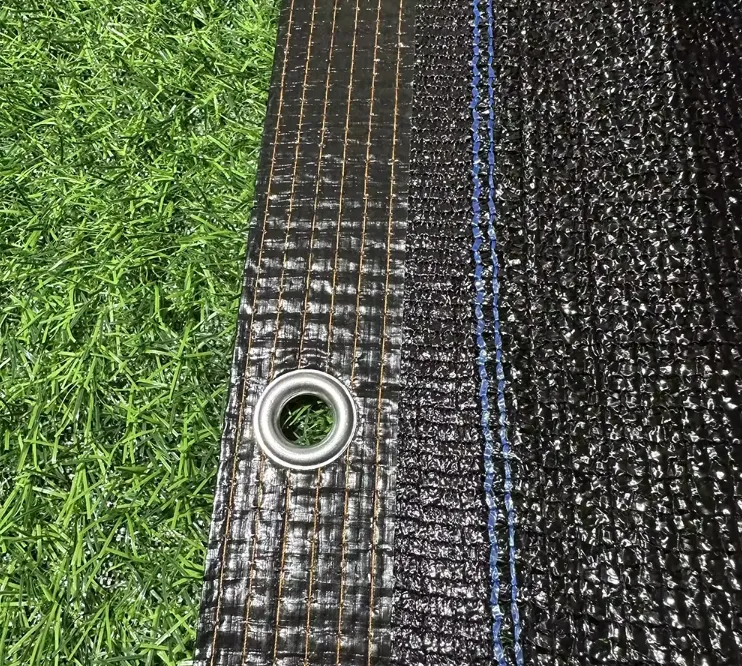-
 Afrikaans
Afrikaans -
 Albanian
Albanian -
 Amharic
Amharic -
 Arabic
Arabic -
 Armenian
Armenian -
 Azerbaijani
Azerbaijani -
 Basque
Basque -
 Belarusian
Belarusian -
 Bengali
Bengali -
 Bosnian
Bosnian -
 Bulgarian
Bulgarian -
 Catalan
Catalan -
 Cebuano
Cebuano -
 China
China -
 Corsican
Corsican -
 Croatian
Croatian -
 Czech
Czech -
 Danish
Danish -
 Dutch
Dutch -
 English
English -
 Esperanto
Esperanto -
 Estonian
Estonian -
 Finnish
Finnish -
 French
French -
 Frisian
Frisian -
 Galician
Galician -
 Georgian
Georgian -
 German
German -
 Greek
Greek -
 Gujarati
Gujarati -
 Haitian Creole
Haitian Creole -
 hausa
hausa -
 hawaiian
hawaiian -
 Hebrew
Hebrew -
 Hindi
Hindi -
 Miao
Miao -
 Hungarian
Hungarian -
 Icelandic
Icelandic -
 igbo
igbo -
 Indonesian
Indonesian -
 irish
irish -
 Italian
Italian -
 Japanese
Japanese -
 Javanese
Javanese -
 Kannada
Kannada -
 kazakh
kazakh -
 Khmer
Khmer -
 Rwandese
Rwandese -
 Korean
Korean -
 Kurdish
Kurdish -
 Kyrgyz
Kyrgyz -
 Lao
Lao -
 Latin
Latin -
 Latvian
Latvian -
 Lithuanian
Lithuanian -
 Luxembourgish
Luxembourgish -
 Macedonian
Macedonian -
 Malgashi
Malgashi -
 Malay
Malay -
 Malayalam
Malayalam -
 Maltese
Maltese -
 Maori
Maori -
 Marathi
Marathi -
 Mongolian
Mongolian -
 Myanmar
Myanmar -
 Nepali
Nepali -
 Norwegian
Norwegian -
 Norwegian
Norwegian -
 Occitan
Occitan -
 Pashto
Pashto -
 Persian
Persian -
 Polish
Polish -
 Portuguese
Portuguese -
 Punjabi
Punjabi -
 Romanian
Romanian -
 Russian
Russian -
 Samoan
Samoan -
 Scottish Gaelic
Scottish Gaelic -
 Serbian
Serbian -
 Sesotho
Sesotho -
 Shona
Shona -
 Sindhi
Sindhi -
 Sinhala
Sinhala -
 Slovak
Slovak -
 Slovenian
Slovenian -
 Somali
Somali -
 Spanish
Spanish -
 Sundanese
Sundanese -
 Swahili
Swahili -
 Swedish
Swedish -
 Tagalog
Tagalog -
 Tajik
Tajik -
 Tamil
Tamil -
 Tatar
Tatar -
 Telugu
Telugu -
 Thai
Thai -
 Turkish
Turkish -
 Turkmen
Turkmen -
 Ukrainian
Ukrainian -
 Urdu
Urdu -
 Uighur
Uighur -
 Uzbek
Uzbek -
 Vietnamese
Vietnamese -
 Welsh
Welsh -
 Bantu
Bantu -
 Yiddish
Yiddish -
 Yoruba
Yoruba -
 Zulu
Zulu
Advanced Techniques for Wire Mesh Welding Equipment and Applications in Various Industries
The Significance of Wire Mesh Welding Machines in Modern Manufacturing
In today's industrial landscape, efficiency and precision are paramount, especially in the manufacturing sectors that rely heavily on wire mesh products. One of the pivotal tools facilitating this efficiency is the wire mesh welding machine. This advanced equipment has transformed how manufacturers produce wire mesh, providing a level of accuracy and speed that manual methods simply cannot match.
Wire mesh, comprising interwoven wires, is utilized in various applications ranging from construction to agriculture, automotive, and even aerospace. The primary function of a wire mesh welding machine is to automate the welding process, allowing for the seamless integration of vertical and horizontal wires to create a robust finished product. In essence, these machines are designed to lay out wires in a grid pattern and weld them at intersecting points with precision, ensuring that the final output meets stringent quality standards.
One of the primary advantages of using wire mesh welding machines is the significant increase in production speed. Traditional methods of wire mesh fabrication often involved labor-intensive processes with a high potential for human error. With the introduction of automated welding machines, manufacturers can produce larger quantities of wire mesh in a fraction of the time. This efficiency not only reduces labor costs but also enables manufacturers to meet tight deadlines and respond quickly to market demands.
Precision is another critical factor where wire mesh welding machines excel. Automated systems are programmed to adhere to exact specifications, minimizing variations that can arise from manual welding techniques. This precision is especially crucial in industries such as construction, where the structural integrity of wire mesh can significantly impact the safety and longevity of buildings and infrastructures.
wire mesh welding machine

Moreover, wire mesh welding machines offer versatility in production. Manufacturers can easily adjust settings to accommodate different wire diameters, mesh sizes, and welding patterns. This adaptability allows businesses to cater to diverse customer needs without investing in multiple types of machinery. As a result, companies can pivot more easily in response to changing market trends or consumer demands.
In addition to speed and precision, the use of wire mesh welding machines can also lead to improved product quality. Automated welding processes produce consistent, high-strength welds that enhance the overall structural integrity of the wire mesh. This consistency is particularly advantageous in regulated industries where compliance with safety standards is essential. With machines, manufacturers can ensure that every piece of wire mesh produced is uniform and meets the necessary specifications.
The long-term cost savings associated with wire mesh welding machines are another compelling reason for their adoption. While the initial investment in automated equipment may be substantial, the reduction in labor costs, material waste, and production time often leads to significant savings over time. Furthermore, enhanced product quality can reduce returns and complaints, contributing to a stronger bottom line.
As technology continues to evolve, so too do wire mesh welding machines. Innovations such as computer numerical control (CNC) technology and artificial intelligence are making these machines even more efficient and user-friendly. With smart technology, machines can monitor the welding process in real-time, making adjustments as necessary to maintain optimal performance and ensure high-quality output.
In conclusion, wire mesh welding machines represent a significant advancement in manufacturing technology. Their ability to increase production speed, enhance precision, improve product quality, and offer long-term cost savings makes them indispensable in various industries. As manufacturers look to innovate and improve their operations, investing in modern wire mesh welding technologies will undoubtedly play a critical role in shaping the future of production. Embracing these advancements will not only boost competitiveness but also position businesses to thrive in an ever-evolving market landscape.
-
Shipping Plastic Bags for Every NeedNewsJul.24,2025
-
Safety Netting: Your Shield in ConstructionNewsJul.24,2025
-
Plastic Mesh Netting for Everyday UseNewsJul.24,2025
-
Nylon Netting for Every UseNewsJul.24,2025
-
Mesh Breeder Box for Fish TanksNewsJul.24,2025
-
Expanded Steel Mesh Offers Durable VersatilityNewsJul.24,2025











